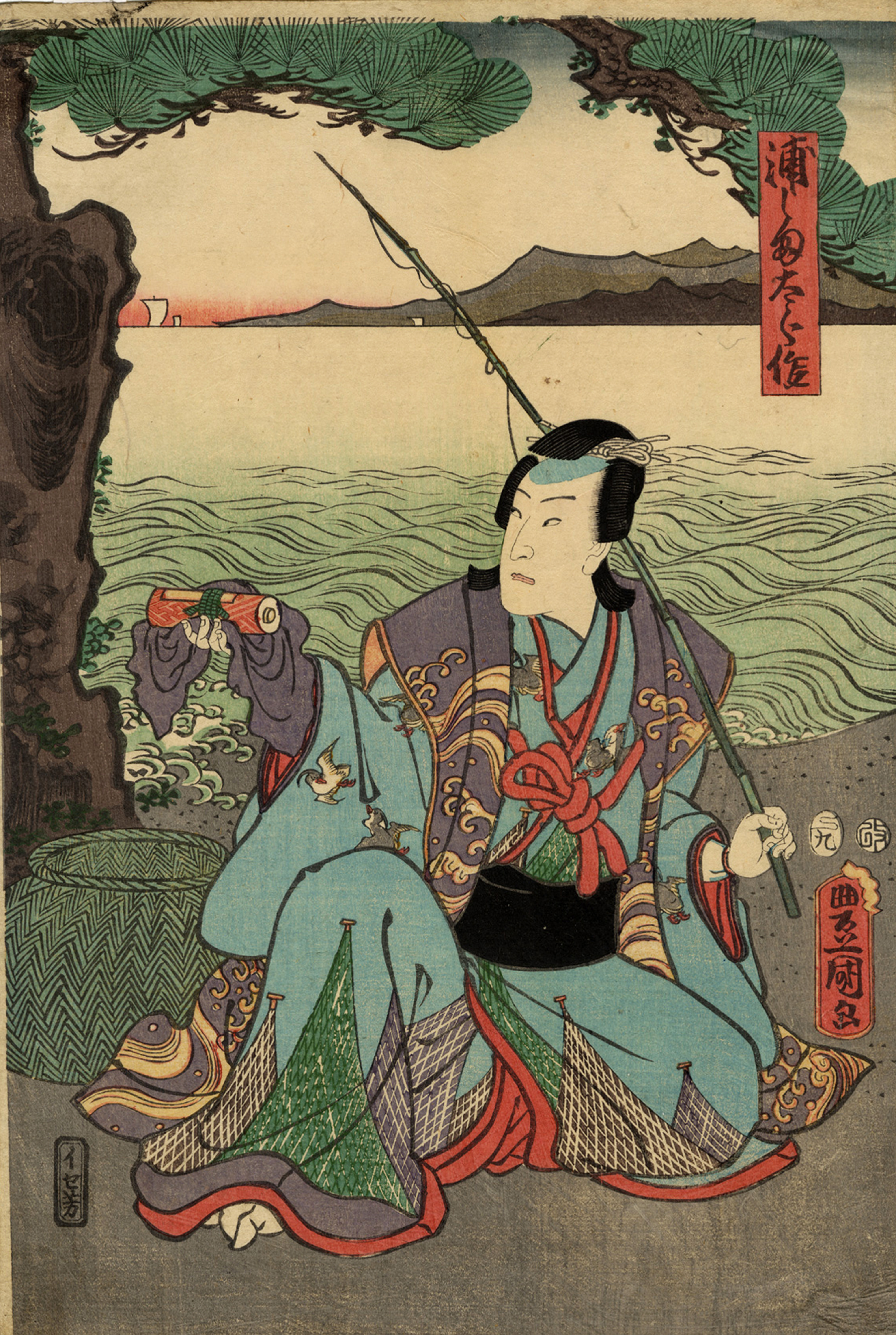April 11, 2012 — Drawing on its rich collection of Japanese prints, the University of Virginia Art Museum will feature a second exhibition of 19th-century Japanese color woodblock prints.
"Legend: Japanese Color Woodblock Prints" will be on view from April 24 through Aug. 5. It follows "Love: Japanese Color Woodblock Prints," which closes April 22. Both are curated by Stephen Margulies.
"Nineteenth-century Japanese color woodblock prints can be beautiful, funny, moving and brilliantly imaginative," he said. "Their irony and innovative, even tricky, design and subject matter had a great influence on modern Western art."
Japanese color woodblock prints satisfied the psychological needs of commoners in a highly repressive, still-feudal society, he said. The prints depicted the world of kabuki theater, high-class courtesans, legends and ordinary life. The Japanese phrase for prints made for the common people is ukiyo-e, or "pictures of the floating world." This refers to the Buddhist concept that reality is unstable and deceptive, but also suggests the rare freedom to be found in the entertainment district of Edo, the old name for modern-day Tokyo, he said.
Many prints, though great art, were advertisements for the district. Their production required an artist who drew the design, a carver who carved it into the multiple wooden blocks used for printing a sheet and an inker who applied color to each block. The resulting work was popular, yet evocatively literate. Daring much, it explored dream and fact, Margulies said.
This first exhibition was about love – perhaps the doomed love of people from different classes, courageously romantic love, or the illusory but gaudy love found in Edo's entertainment district, Margulies said.
The second exhibition is about legend. These melodramatic prints, often employed to advertise kabuki theater, turned tabloid events into heroic stories of self-sacrifice.
"They disguised the commercial realities of the Entertainment District of Edo in the mask of lofty literature and brought heroic legend down to Earth by ironically putting commoners in roles associated with supposedly virtuous aristocrats," Margulies said. "Thus, these popular prints invoking legend turned suffocating reality into liberating poetry."
Margulies will give a free museum Lunchtime Talk on Japanese woodblock prints on April 17 at noon in the museum.
The museum is open to the public Tuesdays through Sundays, from noon to 5 p.m. Admission is free.
Media Contact
Article Information
April 11, 2012
/content/uva-art-museum-exhibits-japanese-woodblock-prints

